We regularly talk to people who have considered waterless urinals but decided against installing them because they believe them to be hard to maintain and clean, or likely to smell, or expensive to install or not cost effective. In this blog post I’m going to bust some of these most common myths about waterless urinals.
Myth one – waterless urinals smell
This is probably the single most common objection to waterless urinals that we are confronted with. The truth is that if you maintain your waterless urinals correctly then we guarantee that they will not smell. If there is an odour coming from a waterless urinal then it’s almost always a sign that the urinal is not being cleaned or maintained correctly.
Sometimes a property owner will install waterless urinals but then not brief cleaning and maintenance staff on how the urinals should be treated. The most common problem here is cleaning staff flushing buckets of water down the urinals. Waterless urinals are designed to be completely waterless as part of their standard function. You never need to wash the urinal bowl with water and you should never flush buckets of water down them. This brings me to the next myth…
Myth two – waterless urinals are harder to clean
This is categorically not the case. URIMAT waterless urinals are manufactured from a super-smooth polycarbonate designed to ensure that no particles can stick to their surface – everything runs down the drain. So all the cleaners need to do is spray the urinal with a suitable cleaning solution (we recommend MB ActiveCleaner) and wipe them with a cloth. That’s it. No scrubbing and certainly no washing with water, for the reasons explained above.
When you switch to waterless urinals you do need to think about how best to communicate the new cleaning practices to your cleaning staff. If you don’t tell them how waterless urinals should be cleaned then they’re highly likely to clean them using the more aggressive methods they’re used to with traditional urinals, causing the kinds of problems that can then lead to odour down the line. We have a video demonstrating best cleaning practice as well as a PDF that can be printed out and laminated for cleaners to refer to.
Myth three – waterless urinals require more maintenance
When water and urine meet, the calcium in the water reacts with the uric acid in the urine and creates limescale deposits that block pipes. In traditional flushing urinals this problem is counteracted to some extent by the fact that there’s a continuous flush to wash these deposits away. However that’s not the case in waterless urinals. It only takes a small amount of water to hit a urine deposit and this limescale reaction will occur. Without a constant flush it won’t get washed away and over time these deposits will build up and block your urinal as well as causing issues with odour.
However the reality is that if you clean your waterless urinals correctly and ensure that no water is ever flushed down them then they will last much longer than traditional flushing urinals and require much less ongoing maintenance.
Unlike with traditional urinals, the urine is immediately passed into the waste system and none is retained within the urinal. The absence of water flushing means that the waste pipework does not become scaled up and block, causing a backup into the urinal.
Myth four – installing waterless urinals requires a complete washroom refit
Obviously if you’re planing a washroom refit then that’s a great time to switch to waterless urinals (and indeed to install other water saving technology such as low flow showers and sensor taps) but you don’t have to refit everything in order to make the switch. We offer both new install and retrofit options although our recommendation would always be to install new urinals wherever possible rather than opt for the retrofit solution.
This is because of the issues that can arise when capping off your water supply for retrofit solutions, as discussed above. A new, clean installation gives your whole washroom an aesthetic upgrade, removes the risk of odour from lingering urinal stains in your old waste pipes, and ensures that your cold water supply is ‘dead legged’ safely.
Myth five – waterless urinals will never pay for themselves
Obviously the time it takes to achieve payback on your waterless urinals will vary according to the number that you’re installing and the usage patterns as well as how much you are paying for your water. However, as a general rule each waterless urinal will save you around 100,000 litres of water per year and so customers who switch to waterless urinals notice a substantial difference in their water bills immediately and payback can be achieved in as little as 4.5 months for heavy users. We have a waterless urinal payback calculator that you can use to get an indication of what the payback period is likely to be for you.




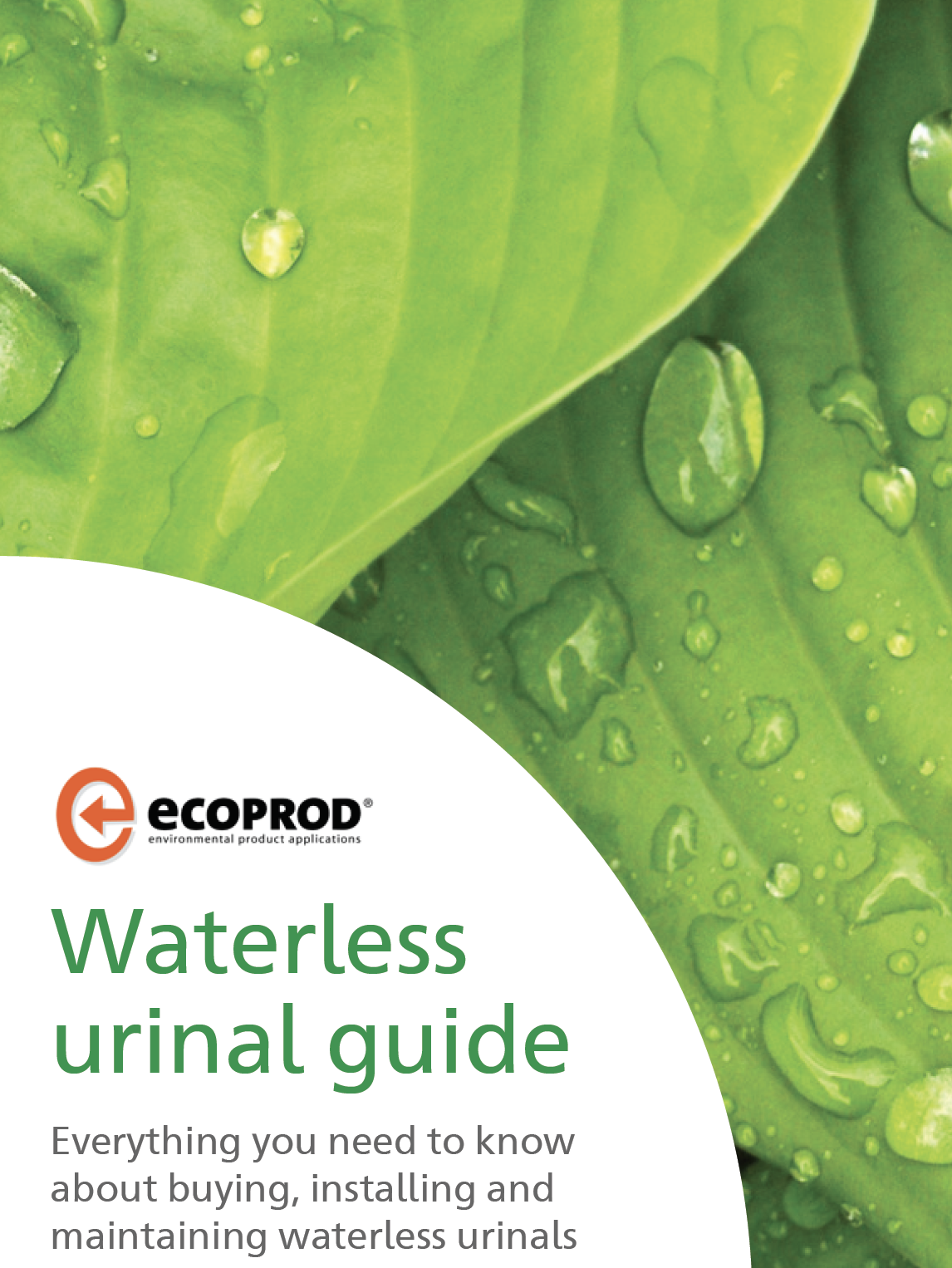

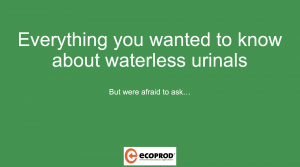
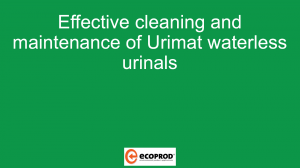





 For the last 8 years Robert Summer – Head of International Sales and Marketing – has developed structured distribution network worldwide for CONTI+ brand. The products offer great benefit for washrooms and shower rooms for public, semi-public and health sector. Today, sustainability, hygiene and smartness are key to CONTI+ solutions. Robert lives the brand and its USPs and loves to support and motivate his team on a daily basis.
For the last 8 years Robert Summer – Head of International Sales and Marketing – has developed structured distribution network worldwide for CONTI+ brand. The products offer great benefit for washrooms and shower rooms for public, semi-public and health sector. Today, sustainability, hygiene and smartness are key to CONTI+ solutions. Robert lives the brand and its USPs and loves to support and motivate his team on a daily basis.




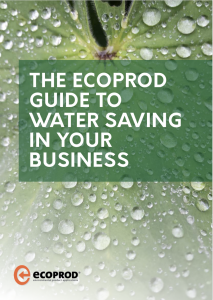
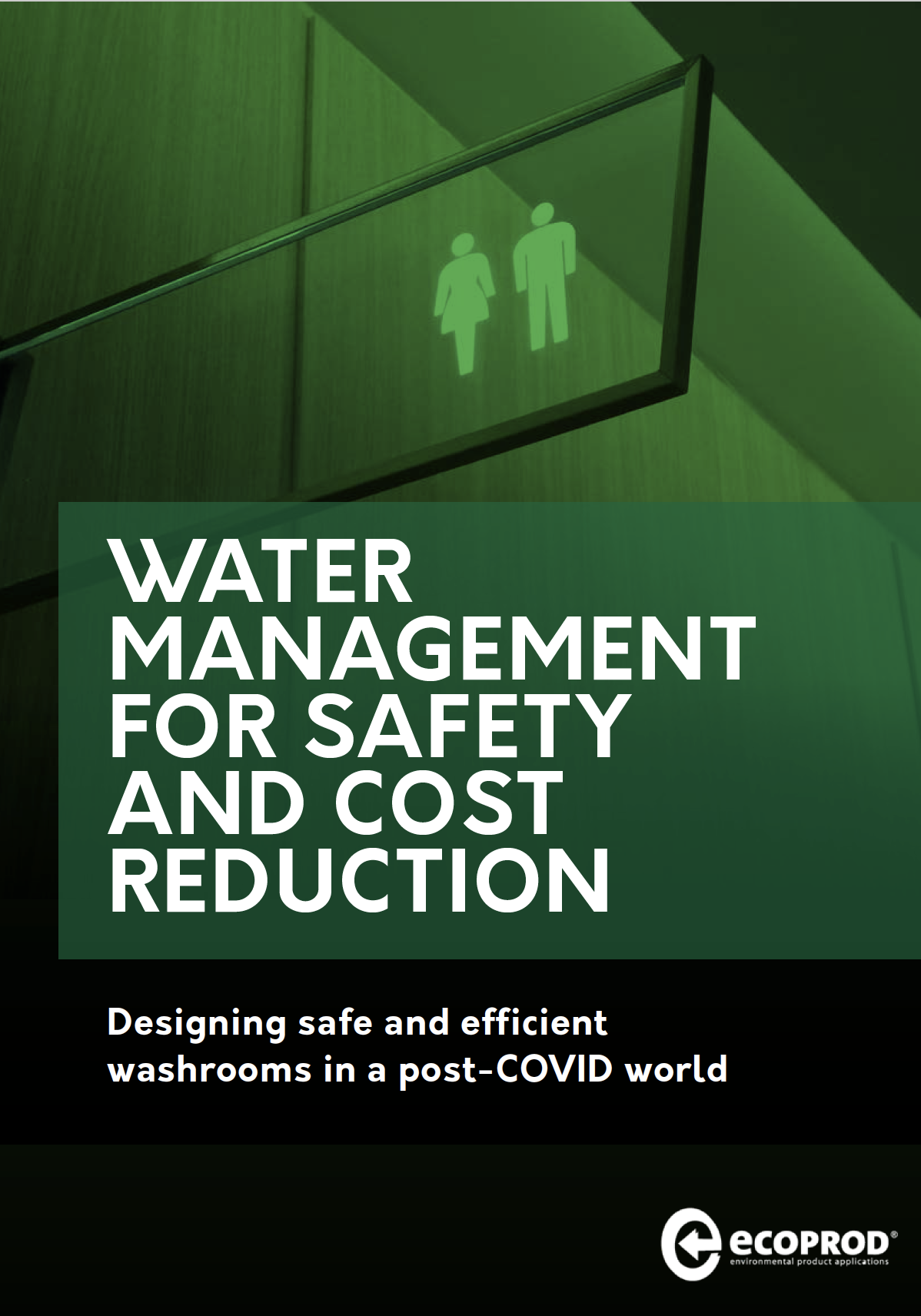

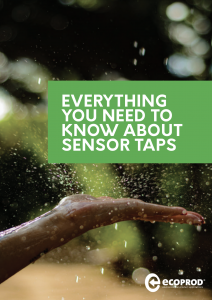

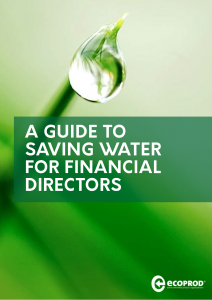
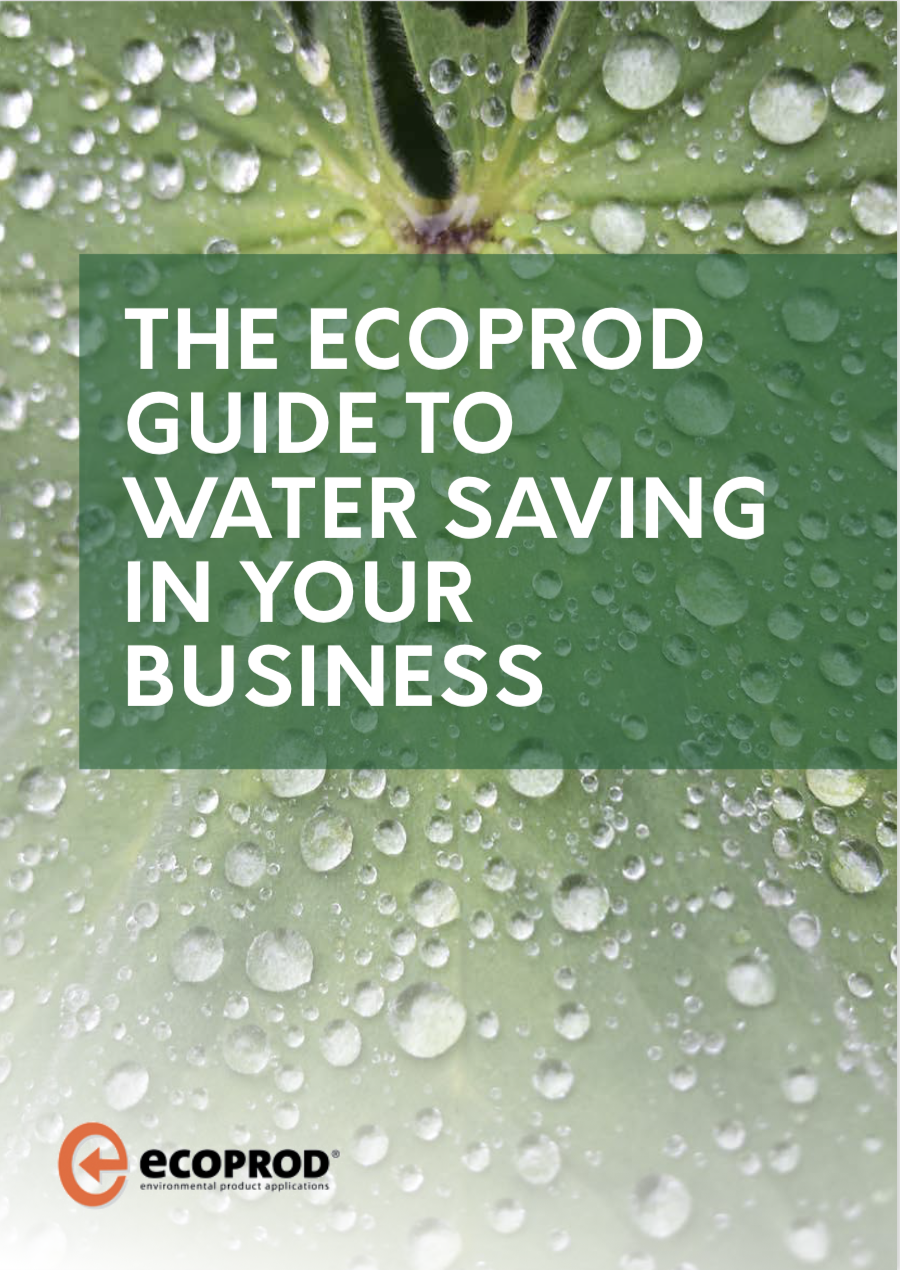
Comments are closed.